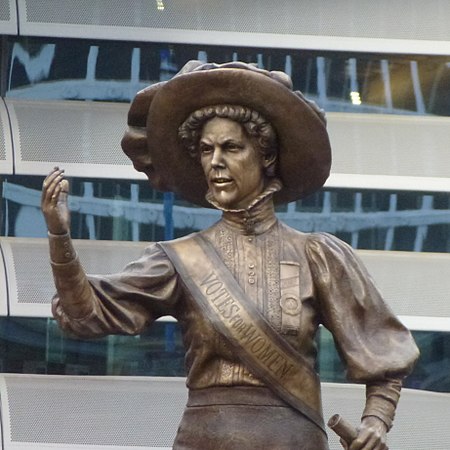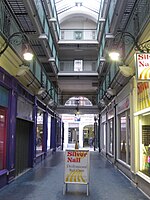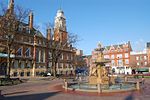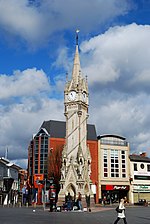Statue of Alice Hawkins
2018 establishments in England2018 sculpturesBronze sculptures in EnglandBuildings and structures in LeicesterMonuments and memorials in England ... and 5 more
Monuments and memorials to womenMonuments and memorials to women's suffrageOutdoor sculptures in EnglandSculptures of women in the United KingdomStatues in England

A statue of suffragette Alice Hawkins is located in Green Dragon Square, Leicester, United Kingdom.
Excerpt from the Wikipedia article Statue of Alice Hawkins (License: CC BY-SA 3.0, Authors, Images).Statue of Alice Hawkins
Green Dragon Square, Leicester St Matthew's
Geographical coordinates (GPS) Address Nearby Places Show on map
Geographical coordinates (GPS)
| Latitude | Longitude |
|---|---|
| N 52.6345 ° | E -1.1339 ° |
Address
Green Dragon Square
Green Dragon Square
LE1 5HP Leicester, St Matthew's
England, United Kingdom
Open on Google Maps









